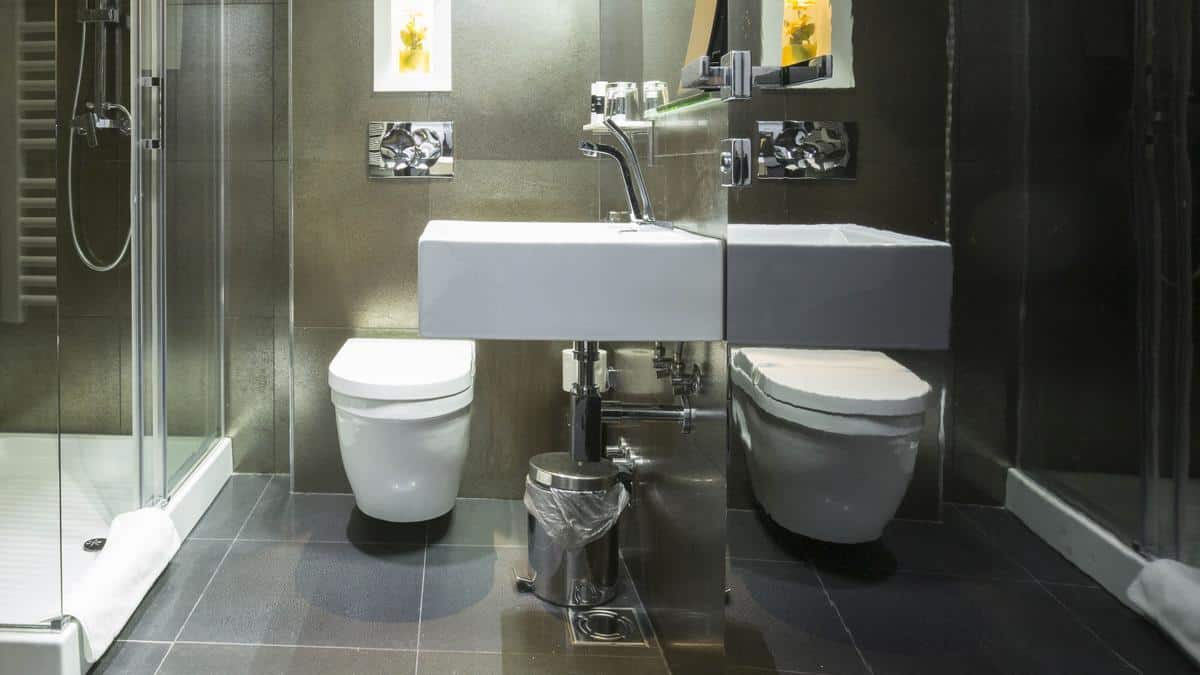Barcelona is facing an unprecedented water crisis, leading the Generalitat and the City Council to consider drastic measures to preserve water amid the threat of drought affecting the entire region.
The lack of rainfall and reservoirs operating at their limit have raised the possibility of declaring a state of maximum alert in the metropolitan area of Barcelona.
Catalonia is on the verge of a historic drought, and the authorities warn that if there is no substantial rainfall in the next few days, a Drought Plan could be declared in January, which implies the imposition of extremely restrictive measures.
Currently, the reservoirs are at 16.5% of their capacity, and the critical threshold for the Drought Plan is 16%.
The spokeswoman of the Generalitat, Patrícia Plaja, expressed her concern: “If the most optimistic forecasts are not met, and rains do not arrive that allow the state of the reservoirs to grow abundantly, we will most likely enter an emergency this January”.
The Alt Empordà region is already in emergency due to the dependence on an almost empty reservoir.
Threat of extreme drought requires immediate action
In the event that an emergency is declared, restrictive measures such as limiting irrigation, pool filling and fountain closures will be implemented.
In emergency level 1, a reduction in average household consumption of 200 liters per cubic meter and a 25% reduction in industrial consumption would be applied. These restrictions would affect more than five million Catalans in the AMB.
Given the seriousness of the situation, the Barcelona City Council is also considering more creative and sustainable measures to address the water crisis.
One of the most prominent proposals is the implementation of a gray water ordinance, which would make it mandatory to install tanks to use shower water in the toilet cistern in new constructions or major renovations in buildings with at least 8 or 10 dwellings.
This innovative system, which has been successfully implemented in Sant Cugat del Vallés for more than two decades, involves the installation of purifiers that collect and clean the water used for showering.
This treated water is then redirected to the building’s cisterns, allowing the use of wastewater for flushing. This practice is not only environmentally friendly but also helps to conserve drinking water.
The experience of Sant Cugat del Vallés: a model to follow
Sant Cugat del Vallés has been a pioneer in the implementation of this technology, with approximately 400 homes already equipped with graywater treatment systems.
This approach has proven to be effective in significantly reducing per capita water consumption, a precedent that Barcelona could adopt to address drought.

